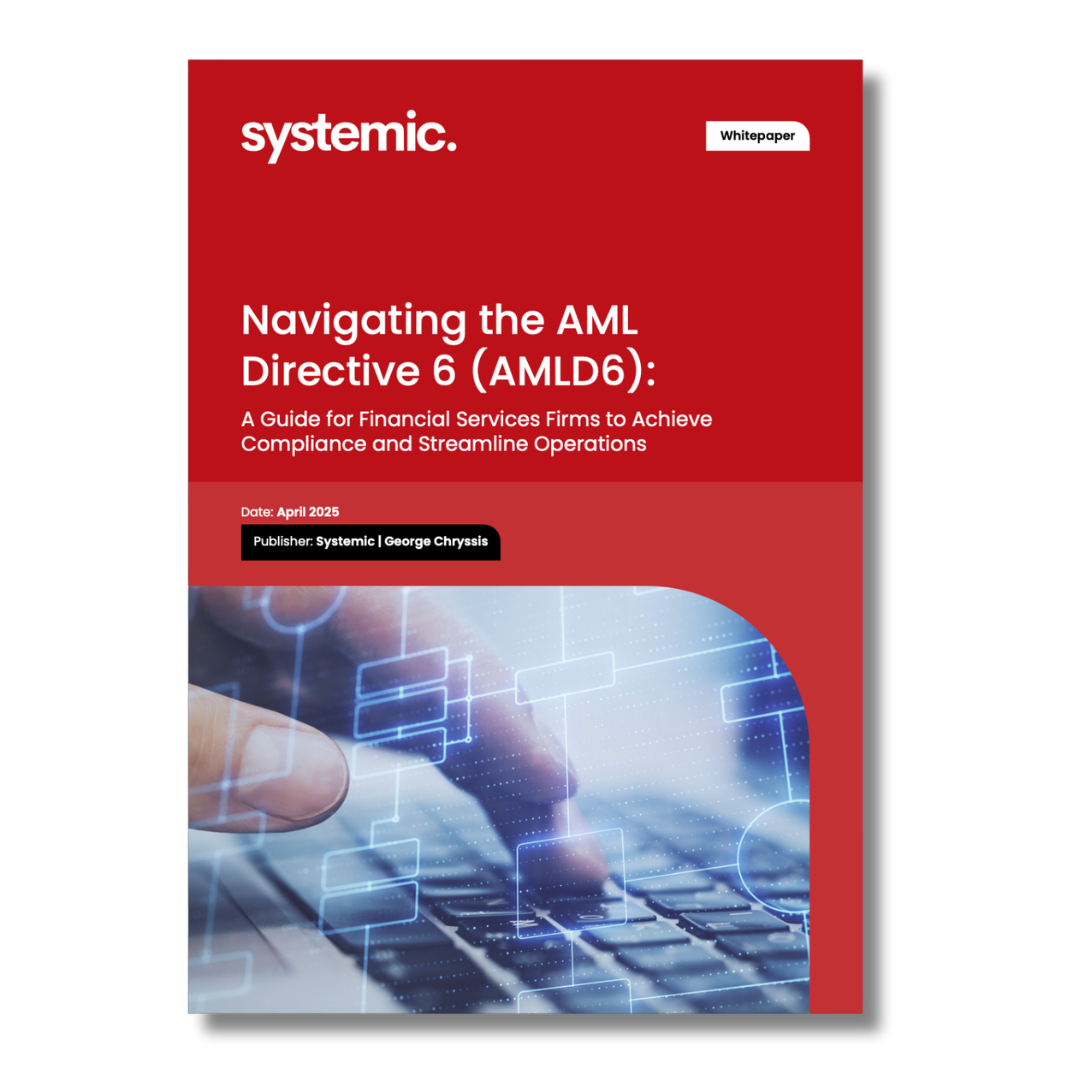With the investment environment characterized by volatility and changing global forces, the active versus passive fund management debate has come to the forefront in 2025. As investors navigate economic uncertainty, rising recessionary risks, and evolving market dynamics, the argument on whether to rely on calculated moves of active managers or the steady path of passive indexing is more relevant than ever. In this piece, we’ll discuss both approaches and examine their performance in the context of the current and future financial environment.
Understanding Active Investing
Active investing refers to fund managers constantly purchasing and selling securities to outperform the market, relying on analysis and research, while taking advantage of market inefficiencies. The strategy is appealing for investors who anticipate significant returns from volatile or emerging markets, particularly where mispricing is leveraged in immediate adjustments by managers. However, there are high trading and research costs involved, and even with the top-tier managers, there is always the risk of underperformance.
Understanding Passive Investment
Passive investment is an investment strategy where the investor purchases and holds a wide market index or sector, aiming for long-term growth and returns equivalent to market returns. This refers to an investment method based on the idea of an efficient market – it looks like cheap index funds or ETFs. In 2025, it draws in investors because it is simple, costs less along with offers steady returns. It lessens emotional responses during market fluctuations, allowing an investor to follow the market trend with few trades and without active oversight.
What do the data show for 2025 performance?
Study have found active funds lost more than their passive counterparts in the 2025 market downturn, contrary to suggestions active management can stem heavy sell-offs.
Global equities fell for most of the year, driven by worries over trade tariffs from the new US government, increasing recession threats, and high yet concentrated markets.
Active managers often claim they are more capable of minimizing losses during market downturns due to their ability to modify holdings or increase cash reserves. In theory, this helps active funds stay out of the hardest hit areas. They also react quicker than passive plans, which must follow index rules.
In reality, many active managers struggle to provide reliable protection when it is most needed. Bad timing, wrong market readings, and focused bets often place active funds vulnerable to the same declines as the market, or worse.
Research shows that during 2025, the average active fund across various sectors has yielded lower return than their passive counterpart.
Hybrid Approach
An emerging trend in 2025 is the combination of both strategies. A balanced portfolio that holds both active and passive investments achieves greater efficiency. This mix offers the possibility of higher returns without increased risks, balancing expenses, risk, and selective outperformance.
Conclusion
Passive fund management continues to be the leading and most robust strategy for the majority of investors, mainly because of its low expenses, extensive diversification, and reliable market-matching performance. Active management is still viable, although it is most effective in niche market sectors — and only when the manager’s expertise, research, and market inefficiencies align favorably.
Investors are best served by recognizing the cyclical nature of both approaches and considering hybrid models that leverage the strengths of each. During volatile markets, a keen eye on costs and a solid diversification strategy is proving to be the wisest approach.





